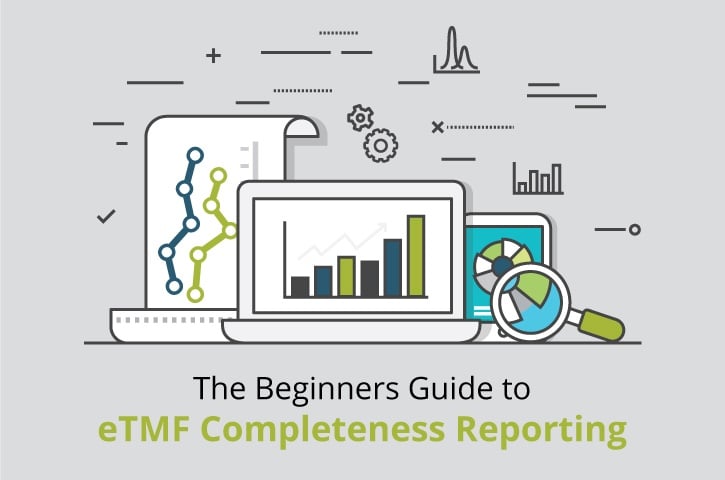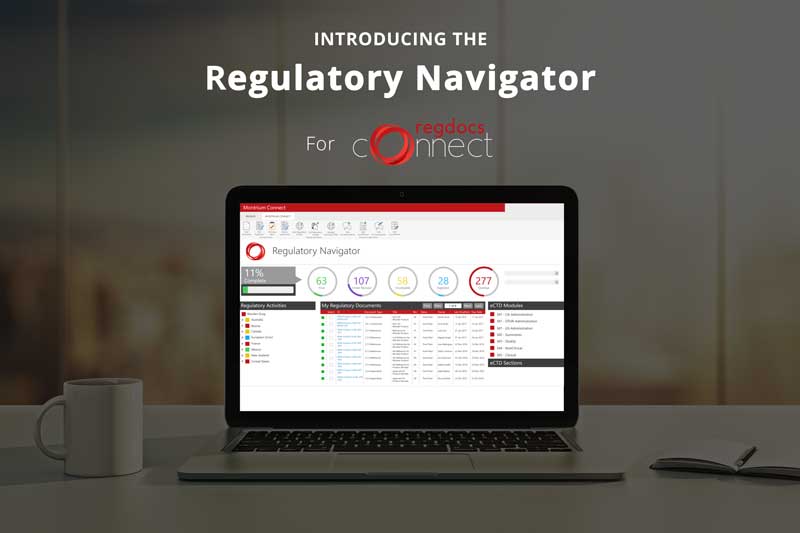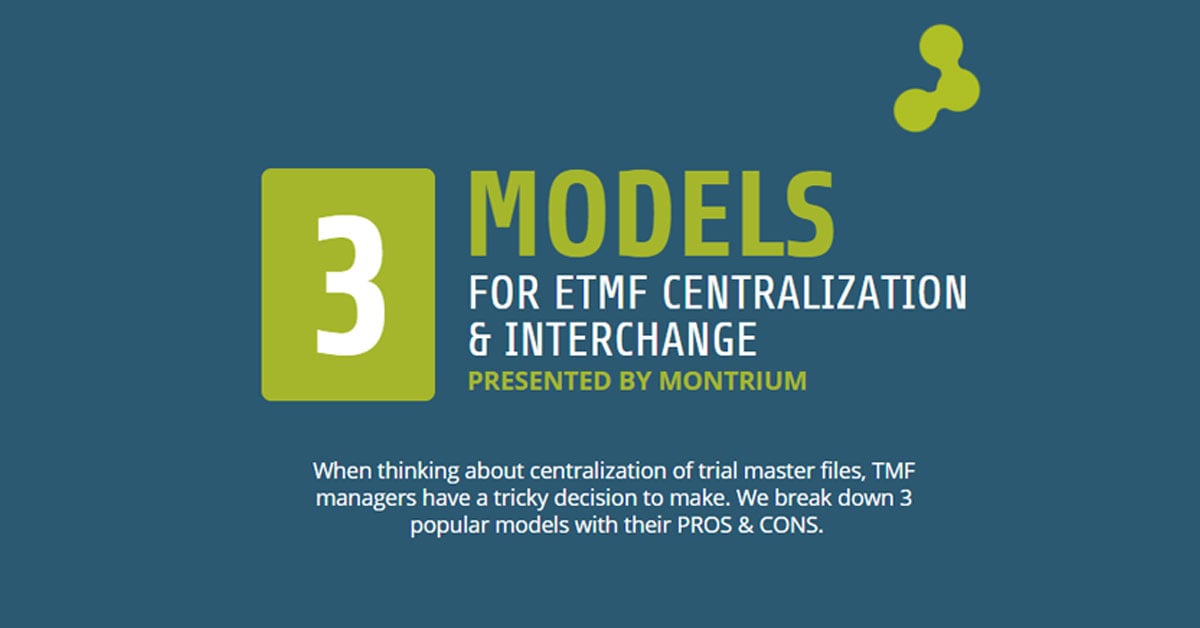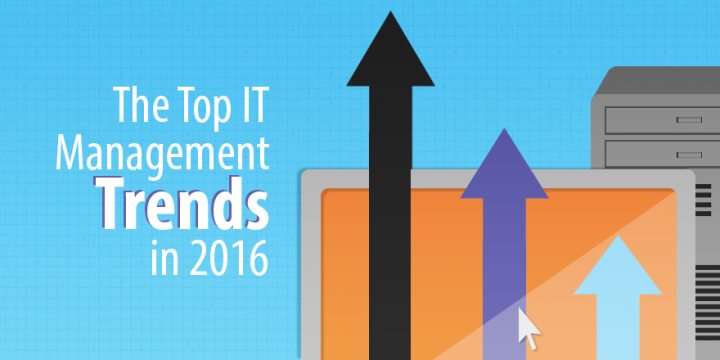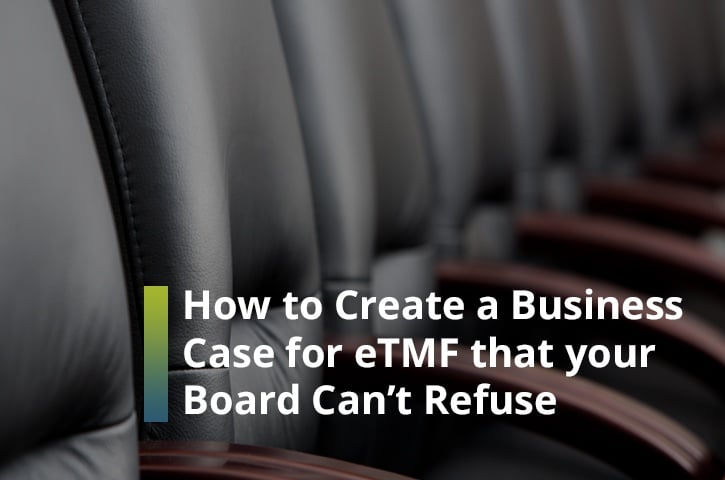
There is a typical reaction when doing research around what regulations you need to account for. Most tend to focus their efforts towards the FDA’s 21 CFR Part 11 due to its international reach, however, if most of your efforts are focused in Europe, you’ll want to be mindful of some of the guidelines to adhere to over on that side of the pond.
Let's dive into some of the key points to understand when looking at Eudralex Annex 11.
An Overview of Annex 11
What is EudraLex?
In the European Union (EU), EudraLex is the collection of rules and regulations governing medicinal products (for human use as well as for veterinary use). EudraLex consists of 10 volumes, of which only Volume 1 (concerning medicinal products for human use) and Volume 5 (concerning medicinal products for veterinary use) present official legislation. The basic legislation is supported by a series of guidelines that are published within the other eight volumes.
EudraLex Volume 4 consists of three Parts and a series of nineteen Annexes. Within Part 1, guidelines pertaining to Documentation are presented in Chapter 4. Moreover, Annex 11 included guidelines for the use of computerized systems within GMP-regulated activities. When used in conjunction with Chapter 4, Annex 11 provides guidance for the use of electronic documents (electronic records and electronic signatures) within the GMP environment.
A closer look at Annex 11
Annex 11 is part of the European GMP Guidelines and defines the terms of reference for computerised systems used by organizations in the pharmaceutical industry. Essentially, Annex 11 is a checklist that enables the European regulatory agencies to establish the requirements for computerised systems that relate to pharmaceutical products and medical devices. The guidelines set forth by the Commission of the European Committees are not too distant from their US counterpart created by the FDA (21 CFR Part 11). Amongst other things, Annex 11 defines the criteria under which electronic records and electronic signatures are considered to be managed.
It’s important to note however that Annex 11 is not a regulation, like the FDA 21 CFR Part 11 rule is. Annex 11 is a guideline and is key to compliance with GMP principles in EU directives (regulations) covering human and veterinary medicinal products. Ignoring EU Annex 11 could be as detrimental as ignoring the directives themselves.
A Short History of Annex 11
Similarly to 21 CFR Part 11, groups within the European pharmaceutical industry came together alongside the Commission of the European Committees in 1991 to adopt 2 new directives. These directives would lay the principles and guidelines for good manufacturing practice for the production and distribution of medicinal products in Europe.
Annex 11 is part of Volume 4 and specifically refers to computer systems. In 1991, the Pharmaceutical Inspection CooP (PIC) created a document defining their requirements for computer systems that would later be given the name Annex 5, and even later renamed as Annex 11 to become part of the EU GMP Guidelines. In 1992 it became part of the GLP and GCP requirements for Europe, unifying the requirements for the management of electronic records and signatures in pharmaceutical companies.
As computerized systems increased in complexity and sophistication, the core and initial guidance outlined in the original Annex 11 started to become unsuitable to meet the needs of the European pharmaceutical organizations. This out of date guidance led to a new version of Annex 11 being released in January 2011, with additional information provided around documentation that came into effect in June of that year.
What About Medical Devices?
If you delve deeper into the guidelines provided under Volume 4. Annex 11, you’ll notice that it only really applies to the production and distribution of medicinal products and not medical devices. Although this may seem inadequate thus far, medical device organizations who want to stay ahead of the curve may choose to adopt the guidance and align their activities anyway. No doubt that when the EU gets round to it, it will mould and apply this guidance to more regulated areas, including devices.
In essence, if you are uncertain about which standards to align yourselves to right now, complying with Annex 11 is not a bad idea. Working to apply these guidelines in your organization will most definitely help you (medical device organizations) when more relevant guidance is released in the future.
Why Follow the Guidelines?
By introducing Annex 11 at your organization, you effectively have the ability to streamline your business processes, reduce turnaround time and costs, all by establishing criteria for the use of electronic records and signatures. If it were not for guidelines such as Annex 11 and rules such as 21 CFR Part 11, we would be unable to manage records and other electronic content in a compliant way. The benefits of managing this content electronically are unparalleled, significantly reducing the risk of human errors, reducing operational costs and speeding up time-to-market.
What to Keep in Mind
There are three main areas in which regulated companies must look at as primary areas of focus when dealing with Annex 11:
- The features of your system - There is a range of features that are required by Annex 11 when implementing a computer system to manage electronic records. Do your research here to align with these requirements.
- Standard Operating Procedures - As with all regulated industries, the companies that operate within them are governed internally by the Standard Operating Procedures they use. Here is a list of essential IT SOP’s for electronic systems
- System Validation - When implementing an electronic system for the use in regulated activities, you have to ensure that you demonstrate with documented evidence that the electronic system is fit for its intended use. In other words, demonstrate that your system does what it should do. You must have controls in place that allow you to identify when the system doesn’t function as per its intended use.








